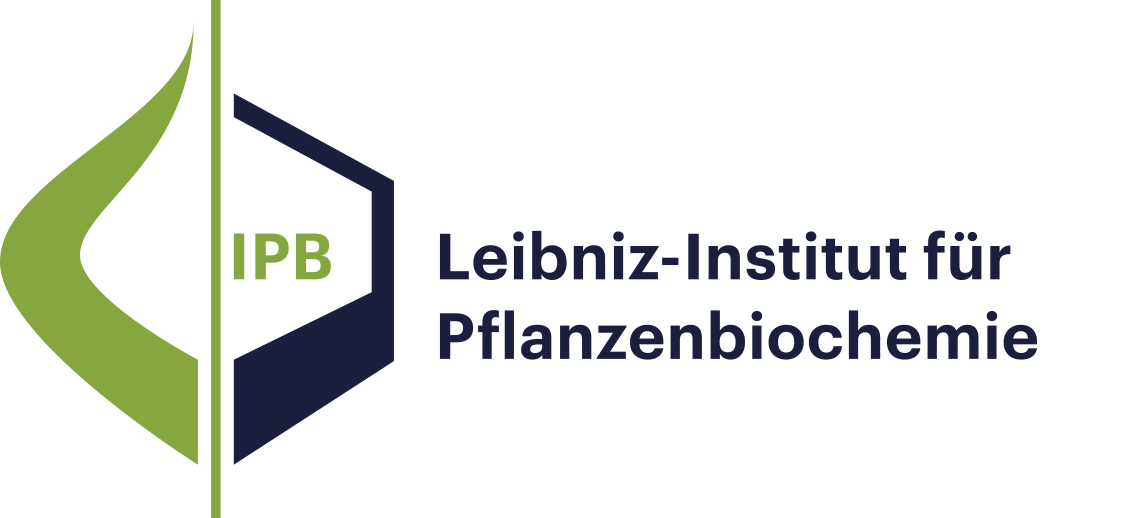- Ergebnisse als:
- Druckansicht
- Endnote (RIS)
- BibTeX
- Tabelle: CSV | HTML
Preprints
Preprints
Preprints
Leitbild und Forschungsprofil
Molekulare Signalverarbeitung
Natur- und Wirkstoffchemie
Biochemie pflanzlicher Interaktionen
Stoffwechsel- und Zellbiologie
Unabhängige Nachwuchsgruppen
Program Center MetaCom
Publikationen
Gute Wissenschaftliche Praxis
Forschungsförderung
Netzwerke und Verbundprojekte
Symposien und Kolloquien
Alumni-Forschungsgruppen
Publikationen
Preprints
Crop protection strategies relying on the improvement of the natural plant immune system via genetic engineering are sustainable solutions against the pathogen thread on food security. Here we describe a novel way to improve the plant immune system by immune protease engineering. As proof of concept, we increased resistance against the late blight pathogen Phytopththora infestans by rendering the tomato secreted immune protease Pip1 insensitive to the P. infestans-secreted inhibitor Epic2B. This concept can be applied to secreted immune proteases in crops by precision breeding.
Preprints
One class of enzymes that plant pathogens employ to manipulate innate immunity and physiology of the infected cells are host-targeted ADP-ribosyltransferases. The bacterial pathogen Pseudomonas syringae uses its type III secretion system to inject several effector proteins with ADP-ribosyltransferase activity into plant cells. One of them, AvrRpm1, ADP-ribosylates the plasma membrane-associated RPM1-INTERACTING PROTEIN 4 (RIN4) in Glycine max and Arabidopsis thaliana to attenuate targeted secretion of defense-promoting compounds. Substrate identification of host-targeted ADP-ribosyltransferases is complicated by the biochemical lability of the protein modification during plant protein extraction and in several cases required prior knowledge on plant immune signaling pathways that are impaired by the ADP-ribosylating type III effector. Using the AvrRpm1-RIN4 pair as a proof-of-concept, we present an untargeted proteomics workflow for enrichment and detection of ADP-ribosylated proteins and peptides from plant cell extracts that in several cases provides site-resolution for the modification.
Preprints
Jasmonates (JAs) are a family of oxylipin phytohormones regulating plant development and growth and mediating ‘defense versus growth’ responses. The upstream JA biosynthetic precursor cis-(+)-12-oxo-phytodienoic acid (cis-OPDA) has been reported to act independently of the COI1-mediated JA signaling in several stress-induced and developmental processes. However, its means of perception and metabolism are only partially understood. Furthermore, cis-OPDA, but not JA, occurs in non-vascular plant species, such as bryophytes, exhibiting specific functions in defense and development. A few years ago, a low abundant isoleucine analog of the biologically active JA-Ile, OPDA-Ile, was detected in wounded leaves of flowering plants, opening up to the possibility that conjugation of cis-OPDA to amino acids might be a relevant mechanism for cis-OPDA regulation. Here, we extended the analysis of amino acid conjugates of cis-OPDA and identified naturally occurring OPDA-Val, OPDA-Phe, OPDA-Ala, OPDA-Glu, and OPDA-Asp in response to biotic and abiotic stress in Arabidopsis. The newly identified OPDA-amino acid conjugates show cis-OPDA-related plant responses in a JAR1-dependent manner. We also discovered that the synthesis and hydrolysis of cis-OPDA amino acid conjugates are regulated by members of the amidosynthetase GH3 and the amidohydrolase ILR1/ILL families. Finally, we found that the cis-OPDA conjugative pathway already functions in non-vascular plants and gymnosperms. Thus, one level of regulation by which plants modulate cis-OPDA homeostasis is the synthesis and hydrolysis of OPDA-amino acid conjugates, which temporarily store cis-OPDA in stress responses.

